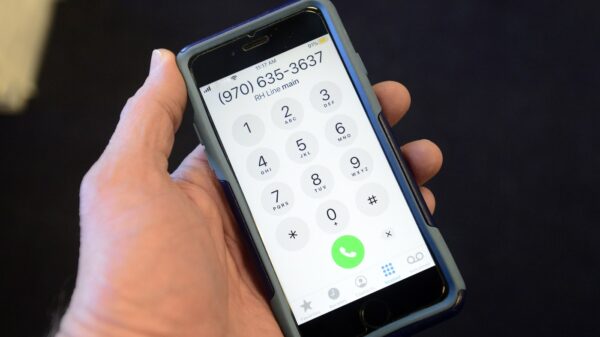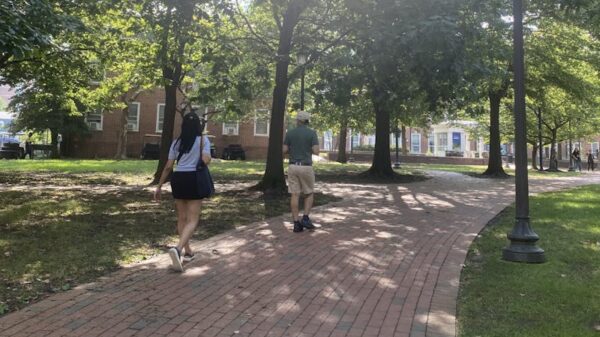UPDATE: New reports confirm that California’s CARE Court, launched in 2023, is helping far fewer individuals than anticipated. The program, which aimed to assist up to 12,000 homeless individuals and those with severe mental health issues, has only seen approximately 2,000 referrals as of May, according to a recent state report.
In the Bay Area, the situation is even more alarming. Local officials report that just 100 people are currently participating in the program, despite 439 referral petitions filed across the region’s five largest counties. This stark shortfall has raised urgent questions about the effectiveness and accessibility of CARE Court.
Officials and mental health advocates cite several reasons for the sluggish uptake. Strict eligibility requirements, bureaucratic hurdles, and a lack of public awareness about the program are major obstacles, according to Soo Jung, a director with Santa Clara County’s Behavioral Health Services Department. “Overall in the state, there has been a smaller number than we initially anticipated,” she stated.
In a pointed response, Governor Gavin Newsom’s office criticized certain counties, particularly Santa Clara County, for failing to adopt CARE Court effectively. As of now, Santa Clara has only enrolled two individuals, while Alameda County has managed to enroll 27 participants, with 23 more agreeing to join. Newsom’s Deputy Communications Director, Tara Gallegos, stated, “It’s time for lagging counties to stop making excuses and start delivering the help Californians desperately need.”
As the controversy unfolds, families like that of Jennifer Su are expressing their frustrations. After petitioning for her son to enter Contra Costa County’s CARE Court in January, Su had hoped for a turnaround after years of homelessness and addiction. However, her son has faced multiple arrests and extensive jail time since then, highlighting the program’s limitations in mandating treatment. “It seems so clear it’s bad for him and it’s bad for society that he is not mandated to get help,” Su lamented.
CARE Court operates by allowing family members, first responders, and health care providers to refer individuals struggling with severe psychiatric issues. If deemed eligible, a judge collaborates with the individual to create a personalized treatment plan, which may involve medication, counseling, and housing support. However, participation is voluntary, and those who refuse may only face a CARE plan that cannot enforce treatment.
Mental health advocates stress that many families are overwhelmed by the petition process, which requires comprehensive documentation of a person’s medical history. Additionally, outreach efforts are underway to educate the public and relevant stakeholders about CARE Court, but the numbers remain disheartening. As of last month, only 99 of the hundreds of petitions in the Bay Area resulted in voluntary CARE agreements, with merely two leading to court-ordered CARE plans.
In a staggered rollout, CARE Court opened in various counties across the state, with San Francisco launching in October 2023 and others following suit in December. Yet, Santa Clara County has seen little progress, establishing only one CARE agreement and one CARE plan from 42 petitions. Local health officials noted many petitions were dismissed due to stringent eligibility criteria, which currently require a diagnosis of schizophrenia or other severe psychotic disorders.
To address these challenges, Newsom recently signed a bill expanding eligibility to include individuals with serious bipolar disorder and streamlining the process to reduce delays. However, disability rights advocates caution that these changes could widen eligibility without adequately increasing funding for necessary mental health services.
Families like Su’s are left grappling with the limitations of the CARE Court as they seek solutions for their loved ones. “I appreciate the efforts CARE Court has made,” Su said, “but their hands are really tied with situations like my son.”
Officials continue to clash over the program’s shortcomings, and as the situation develops, many are left wondering what the future holds for California’s vulnerable populations. As CARE Court struggles to meet its goals, urgent action is needed to address the mental health crisis affecting countless individuals across the state.



































































